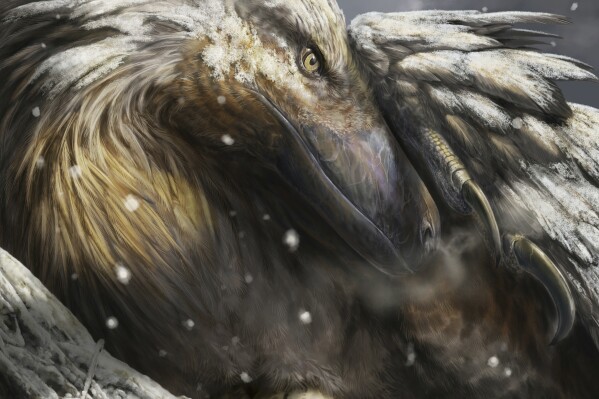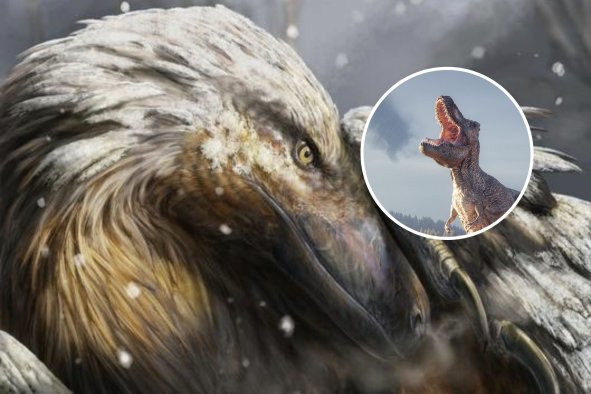Psychologists have identified a simple learning test that may help predict a child's likelihood of developing autism from as early as 6 months. The results shine a light on early learning differences in children with a higher likelihood of developing autism and may help support timely diagnoses.
Autism spectrum disorders are a broad group of conditions characterized by some degree of difficulty with social interaction and communication. They affect roughly one in 36 U.S. children by the age of 8 years old, according to a 2020 report by the U.S. Centers for Disease Control and Prevention.
Previous studies has shown that children diagnosed with autism before the age of 2 and a half are three times more likely to exhibit improvements in social symptoms compared to those diagnosed between the ages of 3 and 5. However, diagnoses are typically not made before the ages of 3 or 4 due to a lack of established early indicators and long waiting lists for evaluations.
There are many potential causes of autism spectrum disorders, which include both environmental and genetic factors. As such, children who have older siblings with autism are more likely to be diagnosed with it themselves. Knowing that these children are "high risk" for autism spectrum disorders makes it all the more important that we develop accurate, predictive tests to facilitate early diagnosis.
In a new study, published in the journal PLOS ONE, researchers at the University of Milano-Bicocca and Italy's Scientific Hospitalization and Treatment Institute aimed to investigate how learning behaviors in these higher-risk infants could be used to predict their likelihood of developing autism-related traits by the ages of 2 and 3.
Their study focused on statistical learning skills, which revolve around identifying patterns and predicting how they will unfold. This method of learning is not only useful in the classroom, but it plays an important role in our ability to predict sequences of human actions and emotional expressions.
It is thought that early difficulties in statistical learning skills can negatively impact our ability to understand patterns in social situations later in life, and previous studies have shown a correlation between poor statistical learning skills and autism in older children. However, less is known about how these skills in young infants reflect their likelihood of developing autism-related traits.
In their study, 19 infants with a high likelihood of developing autism—that is, one of more of their older biological siblings had been diagnosed with autism—were given a series of statistical learning tests, which were also completed by a group of 19 neurotypical children. All participants were between the ages of 6 and 7 months.
At a group level, the team found that children who had older siblings with autism were more likely to struggle with the statistical learning tests. What's more, those with the poorest scores in the "high-risk" group were more likely to develop social communication and interaction deficits by the ages of 2 and 3.
"These results further support the idea that visual statistical learning plays a critical role in social and communicative skills in autism spectrum disorders," the researcher write. "Therefore, difference in visual statistical learning may have cascading effects on the ability to[...]generate expectations about upcoming socially relevant information and adapt to the social environment."
It is important to note that the study's sample size was very small, gathering data from only 38 children in total. What's more, only the children in the "high-risk" group received follow up assessments for autism-like traits. However, the results add to a growing body of evidence that early behavioral markers in children with siblings with autism spectrum disorders could help with timely diagnosis in the future.
"The characterization of early markers [like this] will guide the detection of the most vulnerable infants who might benefit from early intervention," the researchers write.
Do you have a tip on a health story that Newsweek should be covering? Do you have a question about autism? Let us know via science@newsweek.com.
Disclaimer: The copyright of this article belongs to the original author. Reposting this article is solely for the purpose of information dissemination and does not constitute any investment advice. If there is any infringement, please contact us immediately. We will make corrections or deletions as necessary. Thank you.



